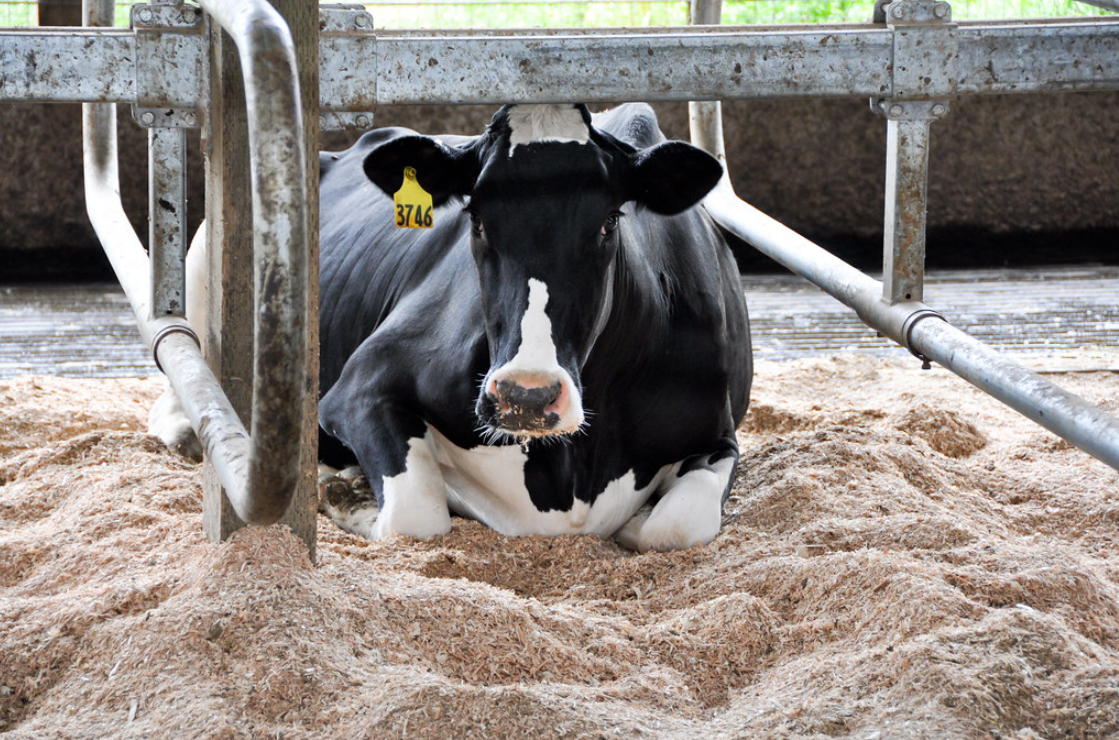News

Consistent Air Speed Improves Cows Comfortability During Heat Stress
A northward heat stress is common occurrence in dairy cow farming and can be a challenge for the farmer to deal with. Standardized and practical heat assessment are not available. Heat stress can lead to reduced feed intake which causes reduced milk yield, fertility and in worst case scenario, death. There have been studies that show cooling methods using water reduces the physiological responses, like lower respiration rate and body temperature, increase feed uptake and milk yield. However these methods fail to restore the lying times, which leads to increased lameness at the end of the summer period and fall. In a current study, a group of researchers looked at if cooling by airspeed would result in longer daily lying times, and lower body temperature.
Vaginal temperature measured every minute
Scientist from University of Wisconsin-Madison looked at six facilities which were naturally ventilated and six which were mechanically cross-ventilated. All were high-producing herds with 300-3000 milking cows, of which body temperature and activity of 360 cows were measured, 180 per facility type. Star-Oddi’s DST centi-T temperature loggers were attached to a blank CIDR and placed intra-vaginally on day one and removed on day 5, programmed to measure body temperature every minute. Concurrently an activity device was attached to the left hind leg to record lying and standing posture.
Air speed does not have influence on vaginal temperature
In the current study, the cows spent overall at least 12 hours per day lying down regardless of ventilation type. It was recorded that with greater wind speed the cows had fewer lying bouts. The researchers found that with the minimum cooling airspeed (MCAS) greater than 1m/s cows had fewer lying bouts per day but greater total lying time, compared to when fans were turned off. The average vaginal temperature vas 39.4°C regardless of farming facilities. Average air speed had no influence on vaginal temperature. They did however find that for every 10 units of temperature humidity increase, the daily maximum vaginal temperature increased by 0.4°C
These finding show the importance of providing sufficiently high air speed in and across the resting area to keep the cows comfortable.
Further results can be found in the article published in Frontiers in Animal Science and can be found here.